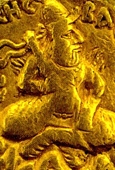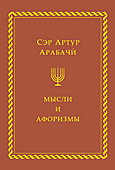Scripta antiqua. Вопросы древней истории, филологии, искусства и материальной культуры.
Том VIII. 2020. Москва: Собрание, 2020. С. 309-329.
Речь в статье идет об «озерности» Азовского моря, называвшегося в античности Меотийским озером (ἡ Μαιῆτις λίμνη, lacus Maeoticus) или Меотийскими болотами (paludes Maeoticae), или же просто Меотидой (Μαιῶτις, Maeotis). При том, что большинство античных авторов признавали Меотиду продолжением и оконечностью Нашего (Средиземного) моря от Гибралтара до Дона и знали о его «морской» солености и о его соединении с Черным морем через пролив Боспор Киммерийский (Керченский пролив), тем не менее его «озерность», закрепленная уже в названии, регулярно проявлялась в различных его описаниях и изображениях.
A.V.Podosinov (Moscow). ONCE
AGAIN ON THE MAEOTIS AS A LAKE
The article discusses the reasons why the Sea of Azov, which in reality is a sea and part of Our Sea, was often referred to in ancient literary tradition and in cartography as a “lake” or “swamps” (ἡ Μαιῆτις λίμνη, lacus Maeoticus, paludes Maeoticae). In my opinion, Maeotis was, apparently, perceived as a delta (estuary) lake of a powerful and important river – the Don-Tanais. This might be evidenced by the fact that from antiquity and the Middle Ages, many testimonies have reached us that Tanais “flows” into Pontus Euxinus (the Black Sea), and not into Maeotis (the Sea of Azov). It is confirmed by the analysis of words “lake” and “swamp” in ancient geography, especially in the works by Strabo, Mela and Pliny. We see the same situation in Pliny’s description of the Dnieper-Bug estuary, which he calls a “lake” (NH IV, 82), in the description by Strabo (XI, 2, 9–10) and Pseudo-Arrian (PPE 64) of the Taman Bay in the Kerch Strait, Lake Halmyris in the Danube Delta in Pliny (NH IV, 79), as well as Lake Flevon at the northern bed of the Rhine delta, mentioned by Pomponius Mela, Pliny and Tacitus.




























